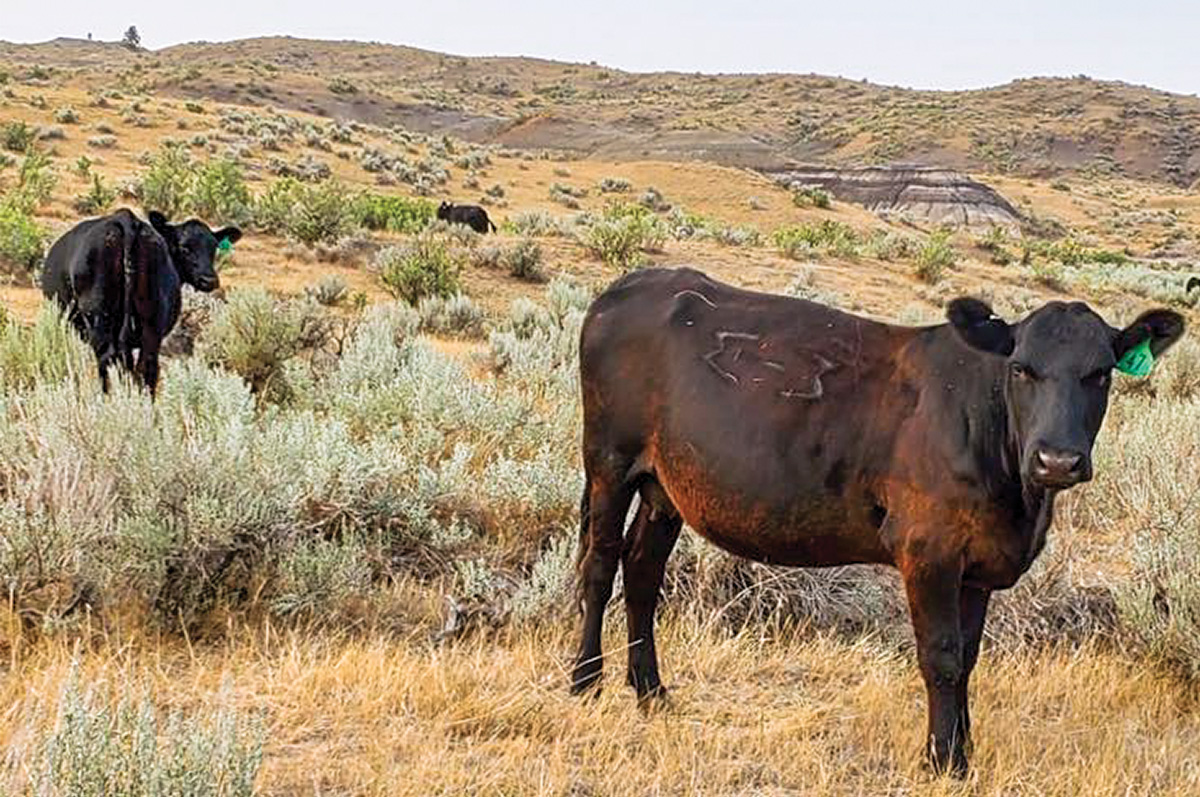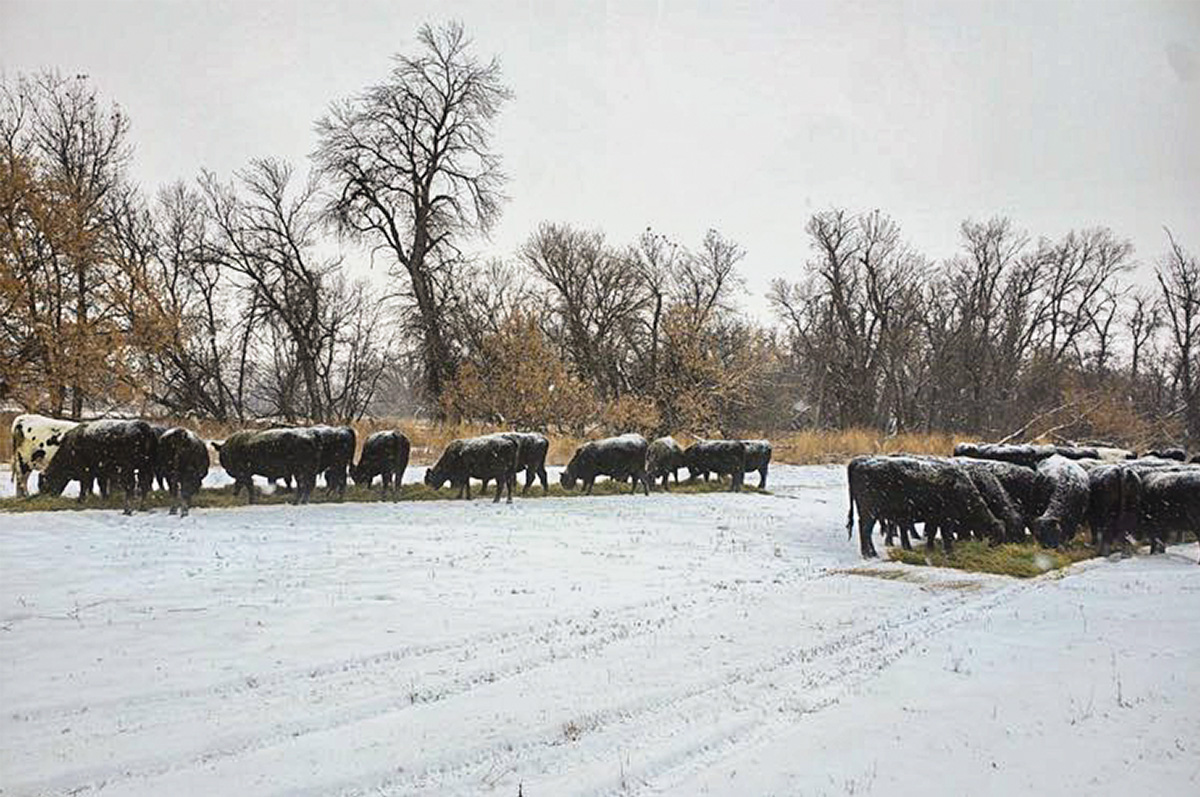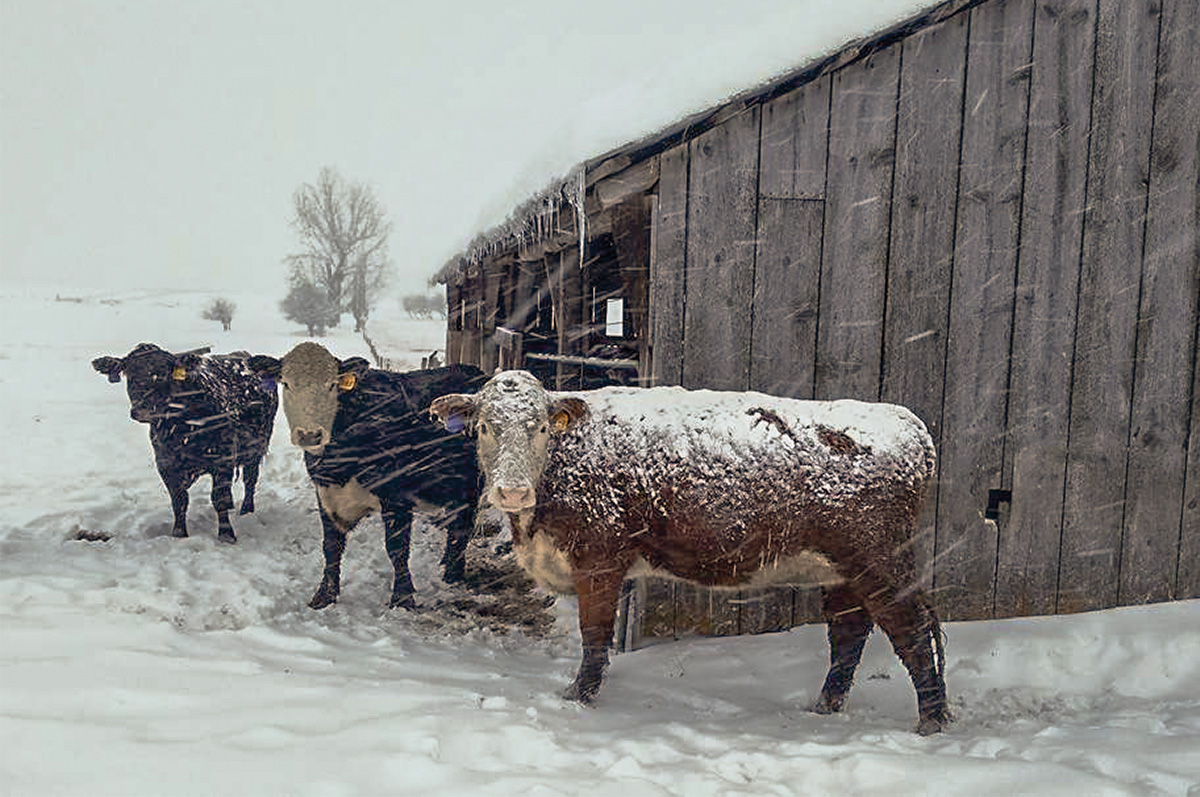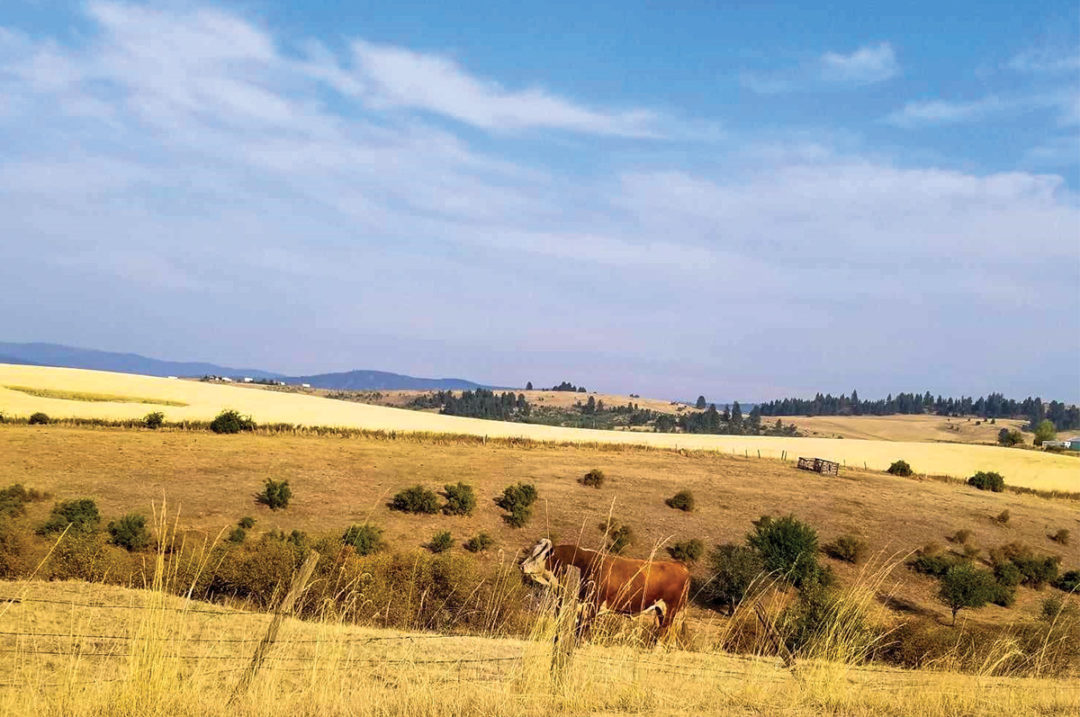“Year one of a drought, you can usually feed through using stockpiled forage,” says Extension Beef Specialist Dr. Megan Van Emon of Montana State University in Miles City. Subsequent years are the producer’s true challenge.
Multiyear droughts were on many producers’ minds last winter. “It was year two and three [of drought] in Montana and other states,” says Van Emon. And it wasn’t just mildly dry: 2021 set drought records in much of the West. Even as conditions look better this year, Van Emon is reflecting on lessons learned and already thinking ahead to the next time the producers she works with will need to get creative with roughage and protein to make it through the winter.
“We fed a lot of 3-, 4-, 5-year-old hay the last couple of years because we had to. We had no other options,” Van Emon says. “We were getting a lot of questions from producers saying, ‘This is what we have – how do we feed it?’”
Taking stock
To answer that question, a producer should first list what he has. “We need to know what we’re starting with to know what we’re going to need to purchase,” says Van Emon. This includes all potential feeds, from old hay to a friendly neighbor’s cover crop or local food byproducts (like distillers grain).
While tallying that hay, determining its nutrition profile is a good idea. “The cheapest and most cost-effective thing you can do is get a forage test,” says Van Emon. If hay is particularly high quality, a cattleman may find that he can mix it with low-quality roughage to match both nutrient and volume requirements.
“One of the biggest things we need for cows is to keep them full and keep them happy, whether that’s with straw or some sort of low-quality forage – because once they’re not full they’re going to start pushing fences on you, trying to find more feed to eat,” she says. In Van Emon’s area last year, some producers ammoniated straw or fed it with liquid feed. Protein supplementation can backfire, as improving roughage digestion can increase total intake. With energy and protein needs met but insufficient bulk to match their cows’ desire to munch, Van Emon says, some producers drylotted their mature cows through the winter where at least they couldn’t seek mythical green pasture across the fence.
“There was so much being tried,” she says. “Producers were willing to try new things, or things different from what they’d done in the past.” It came down to using the resources available to a given operation, either within its own assets or through connections off the ranch.
Strategizing forward
Since feed and supplement are expensive to purchase – or, as last year, unavailable – Van Emon recommends also taking stock of what practices can be adjusted. From weaning early to shortening the breeding season, producers may find ways to reduce feed requirements.
Whatever the strategies, setting a plan in advance is important. However informal, it should include trigger dates. “If you’ve only received x percent of rain before a specific date, you need to make decisions,” says Van Emon, as an example. The most recent drought was already being heralded in early 2020; some producers who were paying attention secured hay or sold cattle before the situation became desperate. “The sooner you make that decision, the better you can manage that drought,” she says.

Conditions were already hot and dry in Van Emon’s area in June 2021, with temperatures over 100ºF and spring rains and runoff falling far short of normal. Photo by Jesse McCarthy.
When a bad situation gets worse
If a drought management strategy includes buying hay, Van Emon advises caution. “In the last few years, there were quite a few folks who got taken advantage of, especially buying out-of-state or out-of-country.” These included producers who paid for hay that never arrived or was much poorer-quality than advertised. “Make sure you’re buying from a reputable person,” she says. “If you can, get an analysis on that hay.”
Even given an analysis from the buyer, taking another sample when the hay is in-hand is a good practice. Van Emon knows one producer who bought supposedly high-quality hay from out-of-state, complete with an analysis. He sent in his own sample when cattle started dying; results showed nitrate levels over 27,000 parts per million (ppm) NO3. (Hay with more than 10,000 ppm is potentially toxic.) With no contract, buyers have no recourse when such purchases go south.
If a producer does end up with high-nitrate hay in a year when shortage is the rule, he may find himself mixing it, feeding it and hoping for the best. “It can be tricky,” says Van Emon. “There’s always the risk that you will get a pocket in a bale that’s high.”

If producers must feed high-nitrate hay and cannot grind and mix it, Van Emon recommends rolling out a low-nitrate bale first. Photo by Jesse McCarthy.
The ideal way to mix high-nitrate hay for feeding is to grind it and mix the ground hay with low-nitrate feed. For producers who find that unfeasible, she recommends rolling out a low-nitrate bale first, then following up with a high-nitrate bale. “That’s easier said than done,” she says. However, in a multiple-year drought situation, producers may do things they wouldn’t otherwise consider.
“There were producers feeding high-risk nitrate bales because they had to,” she says of the past winter in eastern Montana. “They were accepting higher risk than in a normal year.”
Playing the long game
Another helpful practice is to prepare well in advance. “Multiyear droughts are fairly uncommon, but lately they seem to be happening more,” says Van Emon. And fluctuations in weather have always been part of the game for ranchers. “Drought is something we always have to keep at the back of our minds,” she says.

Multiyear drought situations forced some producers to get creative with winter feeding. Photo by Julia McCarthy.
She recommends that producers routinely stockpile enough hay to feed for two years. This practice may mean falling into a rhythm of feeding old and new hay. It may mean annually selling old hay to purchase higher-quality feed. But whatever else it means, it may give the producer the flexibility to make it through the really tough drought years.



.jpg?height=auto&t=1713304395&width=285)


